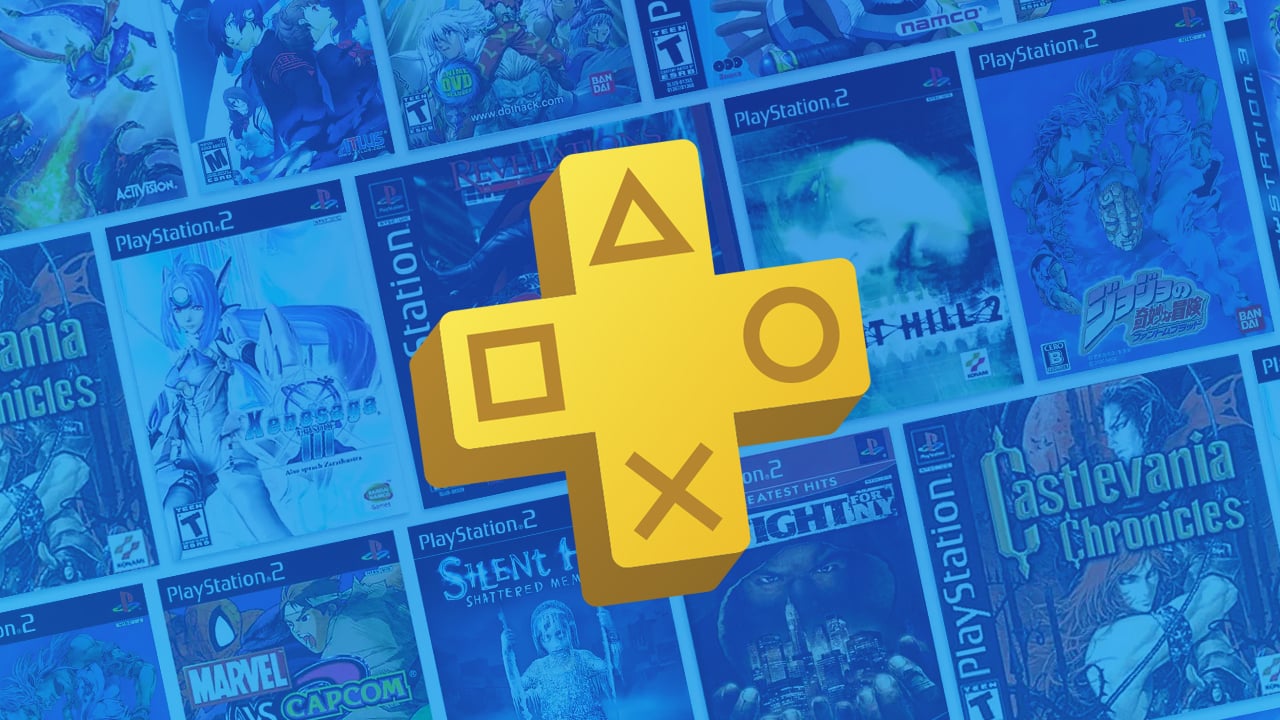When we started to see the first Android tablets arrive, it didn’t take long for them to flood everything. Almost every manufacturer had at least one model and others, like Samsung, had several in their ranks. The idea of being able to have a “giant phone” in your hand while traveling, at home, in the office, was really interesting. But those were just that, giant phones.
Over time, only a few brands have continued their commitment and others, such as HTC or Motorola, have ended up disappearing or have decided to change course. However, in the middle of 2022, it seems that Android tablets are experiencing a second youth. The bet of the big brands returns and others are joining the game. Even Google seems to be paying attention to them again.
Android tablets are back, but now they’re better

In June of last year, almost 12 months ago, we wrote that Google had forgotten about Android tablets. Gone was that attempt to deliver something different that Honeycomb toyed with with an interface and ideas that ended up melting away and being buried in later releases. Despite the hint of differentiation of this Android 3.0 Honeycomb, everything is back to where it was.
Since then, the commitment to Android tablets has been carried out by manufacturers with almost no support from the creator of the operating system. For example, the One UI of a Samsung which has continued to integrate more and more features to fit large screens in its devices, one of the few to bet seriously on the market in recent years.
Even Xiaomi, which had a serious commitment with its Mi Pad, disappeared from the industry after the Mi Pad 4 Plus at the time, a few years ago. Xiaomi itself is one of those returning now, also with a more specialized layer on board its Xiaomi Pad 5 which also incorporates one of the great values of tablets: the personalized stylus.
Xiaomi joins the Samsung that never left (and other much less fancy brands) with the aforementioned Pad 5. But there is more. OPPO already has its own tablet, the same happens with Realme and exactly the same with Vivo. All of these are newly created devices, added for the first time to a sector that now feels revitalized
Google says it wants to play too

To the bets of the various manufacturers is also added Google itself, which puts an Android 12L on the market to, apparently, recover the spirit of this Android 3.0 several years later. Google now offers native benefits for large screens and foldable phones in an edition with features that are activated in their presence. Google is regaining confidence in tablets, and the market seems to be taking its pulse.
For years, Android tablets were almost “Samsung or very very cheap models”
Gone are the bets of the Motorola Xoom or the ASUS Padfone which were so enthusiastic at the time. Now we have in hand new generations of more powerful, better built products and there is no doubt that they are better supported on the software side. The Android tablet market is waking up at a time when Google Play apps already have enough quality to stand up to iPadOS and its App Store. Finally, we have competition that seems equal. We’ll see if it also does in terms of durability. But for that, we will have to wait a few more years.
But as we say, at least now there seems to be a desire to compete. It seems that buying a tablet is no longer a matter of choosing between an iPad, a Surface or one of those in the Samsung catalog. Brands multiply options and the world of Android tablets seems to be waking up from a decade-plus dream in which everything seemed to be shoddy tablets practically meant to be “used and thrown away”.
Hopefully that bet holds up and we see Android compete at the highest level. Samsung has already done this with its Tab. Now it’s up to the rest. But at least now there is “rest”. Not so long ago, it didn’t even exist. Or almost.









